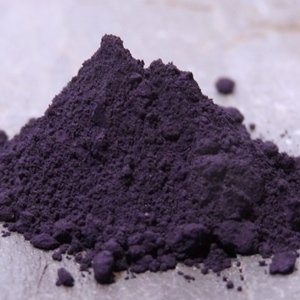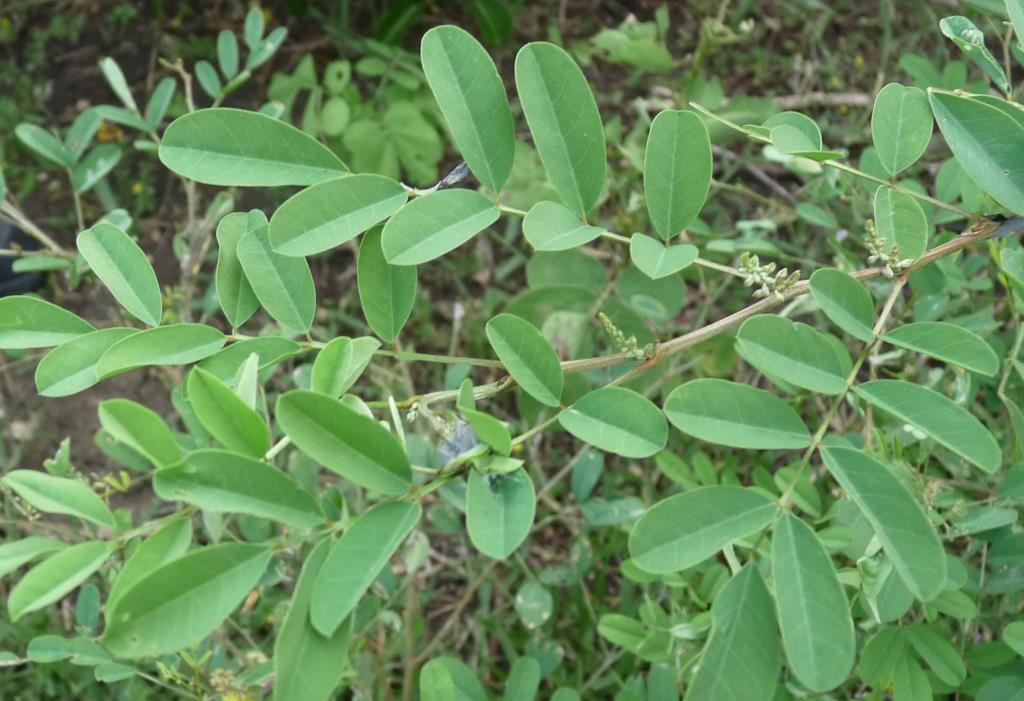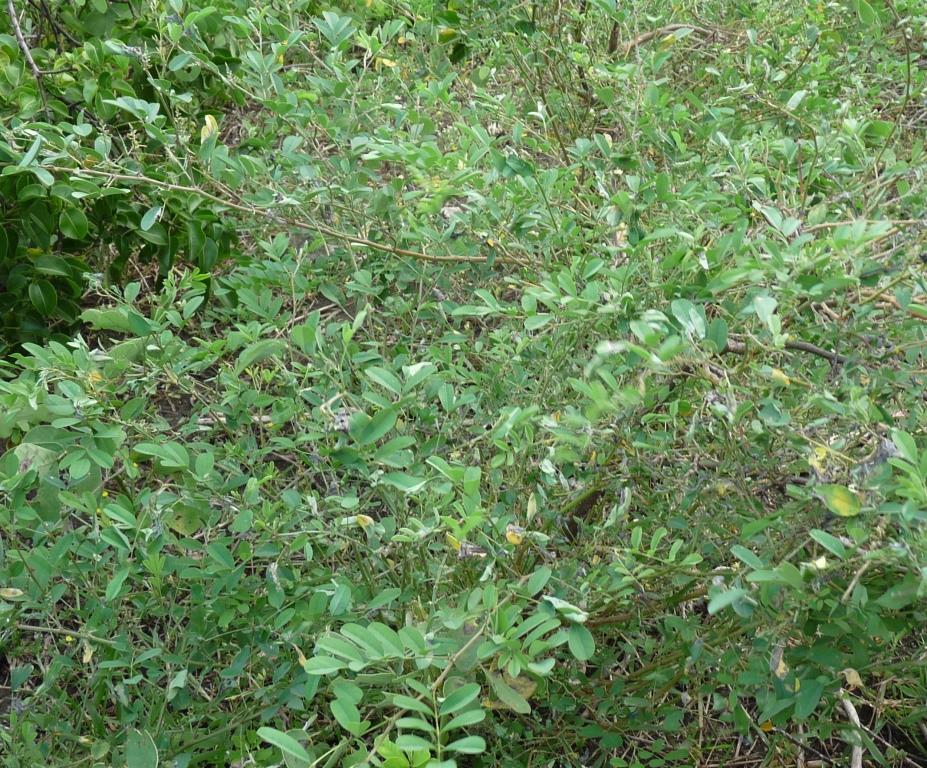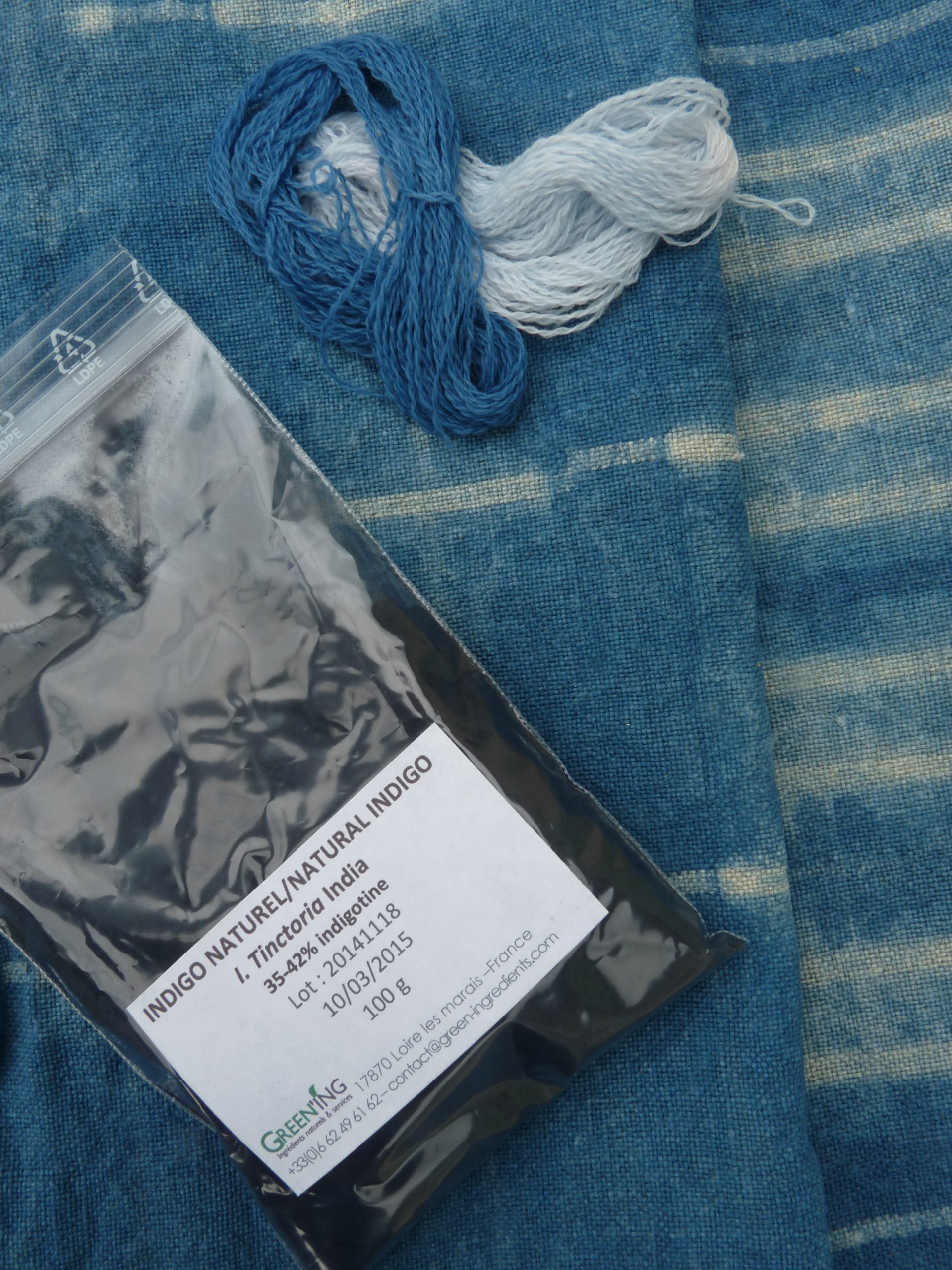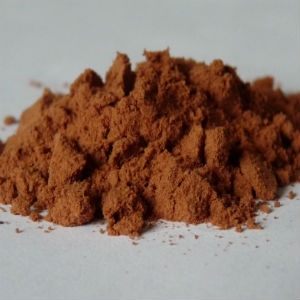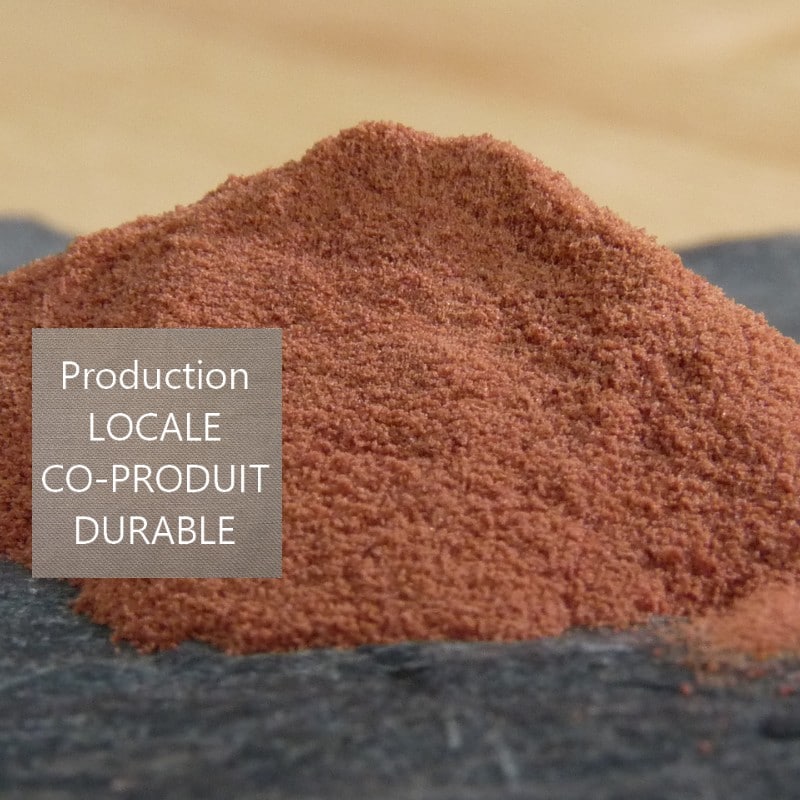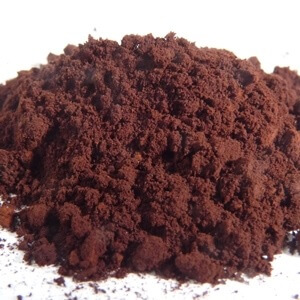Description
A natural Indigo prepared from fresh leaves of (Indigofera tinctoriaL.) by natural fermentation process. This indigo is manufactured in India from traditional productions. Product in powder form.
The main dye component is indigotin.
All batches of indigo tinctoria received are now submitted to analytcal controls, including a checking of the natural origin, in order to provide a guarantee to our customers and fight against increasing falsifications of natural indigos.
Use :
Textile dyeing : the indigo dye provides ranges of blue shades, from very clear to dark, with a very good lightfastness and washfastness. Its use in textile needs to turn it from an oxidized state (blue pigment, insoluble) to a reduced state (greenish yellow pigment, soluble) which will allow to fix on fibers before being again oxidized (by the oxygen of air – a magic step that develops the blue color). These reactions can be processed in natural vats by using our fructose syrup and hydrated lime for instance (1-2-3 vat type) or by using a chemical reducing agent (sodium hydrosulphite or thiourea). The indigo can be easily combined with other dye extracts (yellow, red for example) to widen the pallet of shades (green, purple…).
Instructions and downloads : Preparation of indigo vats & dyeing instructions, advanced information on indigo natural vats (only in French, sorry).
Paintings, decoration, fine arts : the indigo is then directly used as a natural pigment, after homogenizing into the selected binder or medium. It may be necessary to grind the pigment into the medium in order to develop the colour and avoid big particles.
Other uses : cabinetmaking, ink.
The plant :
Indigofera tinctoria L. is a shrub of 60 cm high.
Its origin is not well known.It could be situated in India. Its area was doubtless widened by the culture for the obtaining of indigo, followed by its naturalization. It has now a pantropicale distribution.
Other species of Indigofera are source of natural indigo.
Indigofera tinctoria L. distinguishes itself, in particular of Indigofera suffruticosa Mill., by its foliage of a more greyish green and by its straight pods.
The plant and the dye in the indigo were already mentioned in the oldest Sanskrit papers. The dye in the indigo stayed “the queen of the dyes ” until the development of the indigo of synthesis at the end of the XIXth century.

